|
Today the public has become increasingly aware of the health impacts of a sedentary lifestyle. Sedentary behavior research continues to uncover the detrimental effects of sitting and has shown that the average American now sits during the day more than the time they spend sleeping. Activity trackers have reflected this shift in public awareness by beginning to track standing as well as the typical health metrics, like steps. The most prominent example of this is the Apple Watch with its Activity rings - the last ring is for stand hours. 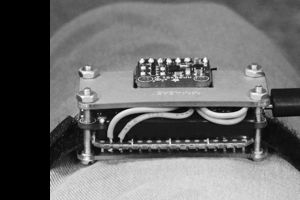 |
Star Wars Escape is an escape room experience that an in a morally-challenging twist. Interactors first start off in a sci-fi-themed jail cell with a potential friend to be found -- or built. |
Scholastic esports focus on the development of student ability, interest, and character through extracurricular competitive gaming experiences and community building. Students in this VIP Esports team work closely with educational professionals, the Georgia Department of Education, the Georgia Scholastic Esports Foundation, and the North American Scholastic Esports Federation to research the impacts on K-12 students through scholastic esports participation and the creation of tools for educational professionals that support their scholastic esports programming. Website: |
Compete in an immersive steam punk environment hot-air-balloon race against your arch nemesis using a custom VR controller. The evil nemesis has sabotaged your balloon and stolen your robot, now you must work against the odds to keep your balloon afloat, save your robot, and prove you are the best inventor in Mountaintown! This game makes use of a specialized controller that combines a familiar motion with pressure sensitive pump to provide realtime feedback and a deeper immersive experience. |
|
Dimensionality reduction (DR) is often used for exploring the evolution patterns of a collection of dynamic ego-networks. However, DR often lacks flexibility: as analysts' questions evolve during data exploration, the low-dimensional projection remains static, limiting the depth of exploration. To address the inflexibility of DR, we designed a data transformation pipeline which enables analysts to transform dynamic ego-networks into event sequences for steering MDS to create different scatterplots of dynamic ego-networks. 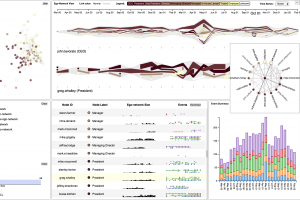 |
A second-screen companion app to support viewers in following a densely populated storyworld, with prototype based on the FX Series Justified. 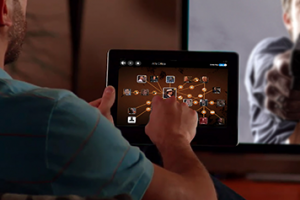 |
StrangVR Things is a VR prototype that crafts an immersive and engaging experience within the narrative world of Netflix's original series, Stranger Things. The user takes on the role of Eleven and must escape a hostile environment by leveraging her telekinetic powers. Our design aims to allow show viewers to explore the dangers of the Stranger Things world through Eleven's eyes and endow viewers with the same mysterious powers. 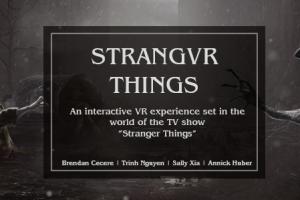 |
Preparing for a CS technical interview indicates self-regulated learning activities like goal setting and systematic knowledge reviewing. Existing platforms typically support massive problem practices with less reflective affordance. Notably, the approach could incur extraneous cognitive load when the interview is imminent. Since note-taking is a learning strategy with prominent cognitive benefits in deeper processing and external storage function, we design a light weight tool that converts personal notes into self-testing options to enable an effective but less stressful preparation method. |
|
Conversations with employees and volunteers at the Proctor Creek Stewardship Council in Atlanta, GA revealed that contamination in urban creeks is a major problem. This is especially an issue when neighborhoods sit along sections of the creek that get contaminated and dumped in. Most often, this happens in lower-income neighborhoods where many residents are unaware of trash/recycling guidelines, the local government doesn't feel accountable for the residents, and local businesses view the area as grounds for dumping.  |
Starting this summer, the Atlanta Streetcar began using a real-time dispatching method developed at Georgia Tech that eliminates the need for schedules and cuts down on passenger wait times. School of Civil and Environmental Engineering Assistant Professor Kari Watkins and Ph.D student Simon Berrebi developed an algorithm that ensures each vehicle is spaced evenly along the 2.7 mile route in downtown Atlanta, maximizing the frequency of service. Unlike the previous method, the Georgia Tech algorithm uses real-time information. |
The StudentLife project has been developing ways to combine multiple streams of data about student habits into meaningful holistic analyses of individual's well-being. Communicating those results to a student population poses a challenge to provide information in a legible form and provide meaningful and helpful, and importantly not harmful, feedback to enable students to improve their well-being. |
Our project aims to tackle the problem of social isolation and food insecurity amongst the older adult population. It explores service models that provide regular, nutritious meals and boost opportunities for social connection at the same time.  |
|
IMTC has been working on assisting those aging in place with mobility impairments in their understanding and use of various assistive smarthome technologies. In order to do so, we have generated a teleconferencing solution that assists in troubleshooting of said technologies through the use of multiple angles and live annotations of video. This system has been tested both with our target users, and with accessibility experts, and has led us to generate a series of guidelines for improving existing teleconferencing systems. 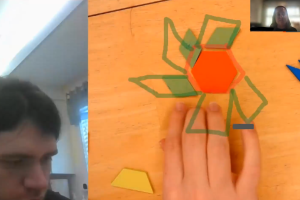 |
Our project works in collaboration with Pumpkin, a pet health insurance company, to support cat owners in caring for their cats' health. Compared to dogs, there's a significant gap in the frequency of veterinary visits for cats. Our research seeks to understand how cat owners recognize and respond to their cats being unwell and cat owners' relationships with the veterinarian. Using this research, we aim to identify core problems that we can solve through the design process. |
We have designed and evaluated a Clinician-directed Capture and Access system that can enable (1) parents to easily collect clinician-prescribed in-home behavior specimens(video evidence of behaviors) that have clinical utility, and (2) clinical experts to conduct diagnostic assessment for autism based on parent-collected in-home behavior specimens. Currently, in collaboration with an autism center, a clinical trial is being conducted to validate this remote autism diagnostic model on a larger scale. 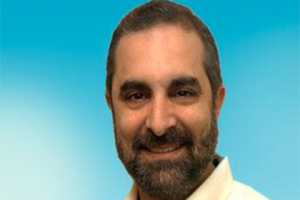 |


